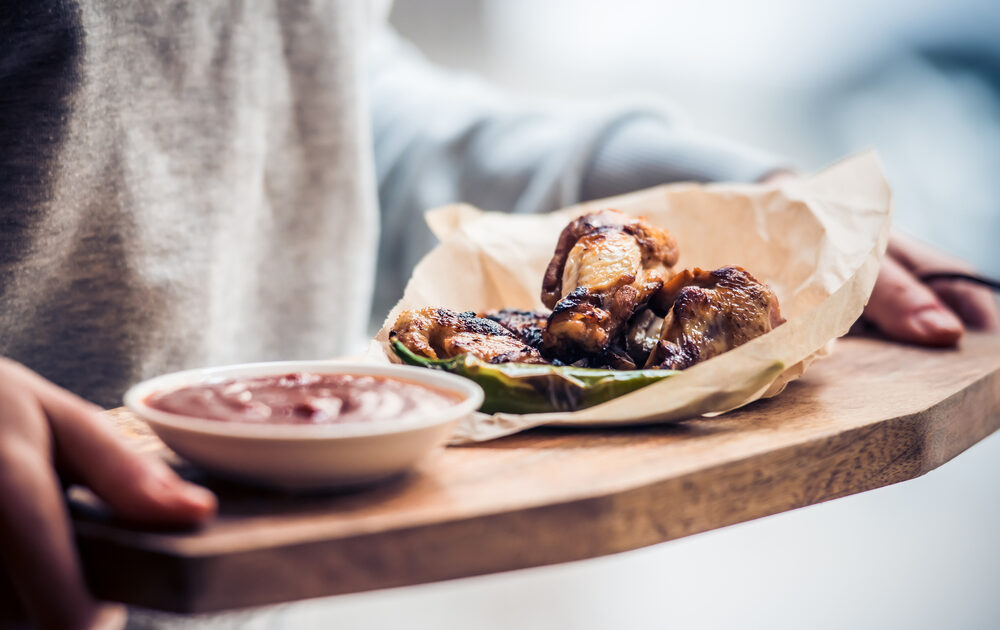Farm-to-Fairy-Tale? Farm-to-Table Restaurant Claims Debunked in 2-Month-Long Investigation

Laura Reiley, a food critic for the Tampa Bay Times, was particularly intrigued by the growing interest in the farm-to-table food movement that mirrors the rise in our farmers market and our interest in real ingredients and minimally processed foods. It’s become a hot trend in cities across the country, including Tampa, and Reiley wasn’t convinced that all of the restaurants in her city making those claims were being 100 percent honest about their food.
“We all want that story — it’s a big part of why we go out to eat,” she told NPR. “If a restaurant can give you that story about that pork chop that lived a happy and delightful life from the beginning to its very last minute, that’s great. And sometimes they’re actually serving you commodity pork.”
Reiley says that because of our growing interest in small farms and freshest ingredients, restaurants needed to “up the ante and claim even more extravagant boutique products on their menus — things that we, as consumers, couldn’t buy ourselves,” she says.
In her investigation, Reiley traced restaurant farm-to-table claims, particularly claims that the foods were ethically and sustainably sourced. She called farms that restaurants say they sourced from, “Many of those local greens misted with unicorn tears are something else entirely,” she said.
Reiley says many of the farms told her that the restaurants would buy from them “once or twice” and then phase them out “but keep them on the chalkboard or on the menu.”
She also employed some DNA testing on supposed Florida blue crab that actually turned out to be coming from India. In some cases, testing food for authenticity is easy, in others, not so much.
“And there’s no way of testing if someone says these are organic, local heirloom tomatoes, and actually they’re Mexican tomatoes, irradiated,” she said. “There are no genetic markers or tests that will tell you that.”
While Reiley only investigated her local restaurants, she feels the issue is likely happening in countries all across the U.S.
And some of the problem, she says, is that Americans want that picturesque story, but they’re not willing to pay for it.
“We spend a very small amount of our disposable income on food, and restaurateurs have to cope with that. They have to figure out how to offer food to us at a price we will pay, while buying the best ingredients that they can.”
Find Jill on Twitter and Instagram
Related on Organic Authority
Why Milwaukee Kind Of Rocks (Spoiler: It’s The Local Food)
The 500,000 Reasons Local Food Fuels These Restaurants
Londoners Get Their First Taste of Local Food Grown Underground
Restaurant image via Shutterstock

